


The 76-year-old Japanese quilt artist Yoshiko Jinzenji bought a 4,300-square-feet plot of land up Mount Hiei in Kyoto 8 years ago to build a house for herself. “The whole house is an integrated kitchen with a small bathroom. I want to share my food and life with my friends here. This kitchen is my last gift to myself.”

Jinzenji is busy all her life. She was one of the first Japanese women to study abroad in the US in the 1960s. In the ’80s, she moved to Bali to do natural dyeing and invented bamboo dyeing.

“Bamboo dyes the fabric soft and glistening in the sun.” Even the cloth used by Issey Miyake, Yohji Yamamoto, and Rei Kawakubo, Japan’s prominent “Big 3” designers, was first handed over to Jinzenji for bamboo dyeing.
Narrator: Yoshiko Jinzenji
4,300-Square-Feet Kitchen House



When I was 70, I shut down my studio in Bali and moved back to Kyoto.
I’m busy all my life. I moved to Bali in 1983 when I was in my early 40s. I travelled back and forth between Bali and Kyoto over 300 times for 25 years, almost once a month.
I was too single-minded in dyeing to care about my everyday life. Having met with Buddhism since I was a child, I also asked myself to eat no meat or fish and reduce my desires like monks. As long as I did so, I believed, I would get the highest attainments in art.


Indeed, that was the heyday of my dyeing career, but my diet was disordered; that ruined my health. I only ate chocolate for calories and fruit for nutrients in Bali in a decade. I thought that was enough. Another decade later, when I was 60, however, I was painfully covered with nettle rashes and allergic to anything I ate, and there was no cure for my disease.
Later I met an old doctor in Kyoto. He examined me and said, “Go back to fast, and then think about what food is to you.” I was then over 60, almost 70; I thought that at this time of life I should live healthier, and put more thoughts into what I eat. That’s what got me to start in cooking.
8 years ago, I bought a plot of land up the famous Mount Hiei in Kyoto, and built a kitchen house.

The house is the biggest purchase in my life
This is my kitchen house, at 1,300 feet above sea level on Mount Hiei in Kyoto. It’s not very large, only 4,300 square feet, and used to study food. As things are piling up, however, half of it has become the archives of my quilt works.




The house is the biggest purchase in my life. Well, I’m a creator myself. Why not design my own house? Why should I watch that money go to an architect? So, I found an architect and asked him if he would like to draw the drawing for me. He said yes…




The house is simple in structure, just an integrated suite with two kitchens and a living room. The gas stoves and counters in the kitchens are all designed by myself.

On the second floor is my little studio, where I study quilting or have a rest with my friends.

All the materials in the house were collected by me. See those windows in the wall. I even went to France and investigated Notre Dame du Haut in Ronchamp for those windows.


What I used were basically wood, iron and stones. Even the kitchen counters are made of stones. Since I’ve been in Bali for nearly 30 years, my house has a strong Southeast Asian style. Even the doors were custom-made in and shipped from Bali.
The most important thing in life is to work hard but follow your heart. Don’t bring negative energy to yourself, so that you can live however you want.


Everything is just out there
The house has no storage or cabinet, and everything is just out there.
I have countless pieces of utensils, made of clay, porcelain, bamboo, rattan, etc., and embodying the stories of different people I’ve met. However, it was not until I opened a box in the warehouse when moving house that I realized I had bought so many things, and decided to set them all out. The sight of the utensils reminds me of the people and stories, so I’m happy to use them.



I’m an artist, so I got invited to many young creators’ and friends’ exhibitions. As I was there, I felt like I must buy something. And I think the greatest recognition of a creator is to buy his/her creations. I buy five pieces of every utensil I want, a habit developed in my mother’s time when a set of utensils included five pieces.



Utensils are the clothes of food
I’m studying cooking now, but its essence is the same as quilting. Cooking isn’t just about making food, but also about plating and decoration, that is to say, design.


Cooking is like acting
I designed a stove specially for pancakes. When I was young, I lived in Canada for some time, a country boasting maple syrup unfound in Asia. Nowadays, the younger generation only know honey and butter, just sauces made with sugar and water. So, I want to make pancakes with natural maple syrup to give everyone a taste of nature.
Cooking is like acting. If you don’t see food until it’s done and taken out of the kitchen, you’ll miss much of its tastiness. However, if you see the whole cooking process, you’ll have expectations for its taste, and can tell if a dish is good from the smell.



Feasting friends is the best thanks to life
Sometimes I invite friends over and cook for them. Having met a lot of people who have taken care of me, I prepare a set of seasonal dishes for my friends every month. We eat, chat, and have a good time in the living room.

A house has to incorporate static and dynamic features
The tea room is the only space separated from the rest of the house. In Japanese architecture, a tea room is special. The kitchens and living room are always on the move; the tea room is the opposite: It’s quiet and still, so one can be closer to his/her soul. A house has to incorporate static and dynamic features to be complete.
Jinzenji as Quilt Artist

When I lived in Canada in the ’70s, I learned by chance about the quilting of North America, where women had hand-stitched fabric scraps together to make patchwork bed quilts at home, a women’s craft passed down from generation to generation.
Having been married by that time, I probed into quilting and grouped for new techniques at home every day for about a decade.





Almost all the quilts I made in that decade have been collected by art museums in the US and UK.


Among natural fiber fabrics, Amish quilts are extra soft and beautiful. Made from natural materials, they’re distinctly different from man-made fibers in texture. With the wish to reproduce such fabrics, I set up my own studio in Bali at the age of 42 or 43.



I lived in Bali since 1983 for 25 years. I told myself that my fight began there. I had a studio of about 36,000 square feet, nearly tenfold larger than this house. My husband was an architect, so we planned the studio on our own, and hired more than 10 workers to build it on the green.



Lying along the equator, the islands of Indonesia boast many of the most natural dyes. Basking in plenty of sunshine or rain every day, the plants there are always full of life, so the natural dyes made from them have incomparable energy.


It was in Bali that I invented bamboo dyeing, that is, to dye fabric white with bamboo.
Various trees and stones in nature can be used as dyes to achieve different colors. Once I met a curator back in Japan. She said she would organize a crafts exhibition in the Tamagawa Takashimaya Shopping Center, and invited me to it. I was very happy at the invitation.
I was required to make cloth for the exhibition that would match the works of the lacquer artist Isaburo Kado. Lacquerware pieces are typically red or black, so what color should I use on cloth?
“White.” One day I thought I heard a divine revelation.


Since then, I was looking for natural materials that can dye fabric white, but never thought of the small bamboo forest next to my studio, because I’d learned from professional books that bamboo couldn’t dye. This is human: We don’t doubt what we believe we know.
I still couldn’t find the answer until just three months before the exhibition. Just as I was anxious every day, the story of Princess Kaguya, a moon princess who is found in a shining bamboo stalk and brought up by a bamboo cutter and his wife, occurred to me.



Suddenly enlightened, I immediately cut off the bamboo next to my studio, and extracted liquid from it following the usual steps in making natural dyes. The liquid had the color of shallow black tea.
After being boiled in the bamboo extract for a few hours, the cloth browned lightly. Anyway, I hung up the cloth. In the afternoon, I went outside and took a look from afar. I was shocked: The cloth was glisteningly white in the sun. Bamboo was the answer.
Ever since then, I’ve been keen on bamboo dyeing. I managed to catch the exhibition and displayed a 33-feet-long piece of bamboo-dyed cloth beautifully around the whole venue.

Although I said I got white when I first used bamboo dyeing, many people didn’t believe. “The cloth itself is white. Is this white really from bamboo dyeing?” They asked me this and other questions puzzledly.
People can tell red and black, but all of them can’t recognize the white from bamboo dyeing. Nothing can be done about those who can’t. Those who can, however, will see elegance in and get strength from this cloth.

This is the cloth made by Junichi Arai, the pioneer Japanese fashion designer and textile artist, on the basis of my bamboo-dyed cloth. Designers Issey Miyake, Yohji Yamamoto, and Rei Kawakubo, who jolted Paris with their clothes in the ’80s, all used his cloth, which had been dyed by me with bamboo. These pieces of cloth, though made 20-30 years ago, are still incredibly modern.




I returned to Kyoto in 2013. I’ve been busy here with cooking and photography. At this age, I still want to explore more. I’ll hold quilt and photo exhibitions in 2020, if I’m healthy until then. I have an above-average level of curiosity in my DNA. I would rather die than do nothing.

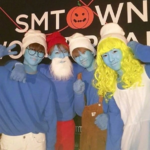
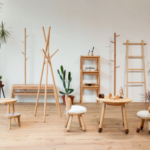
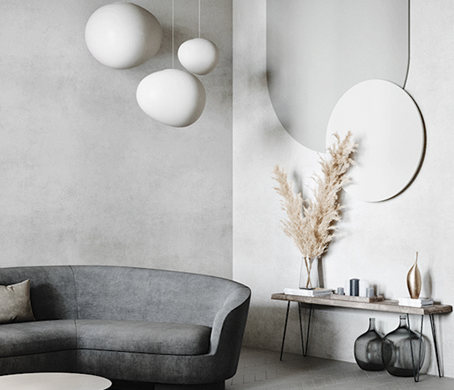

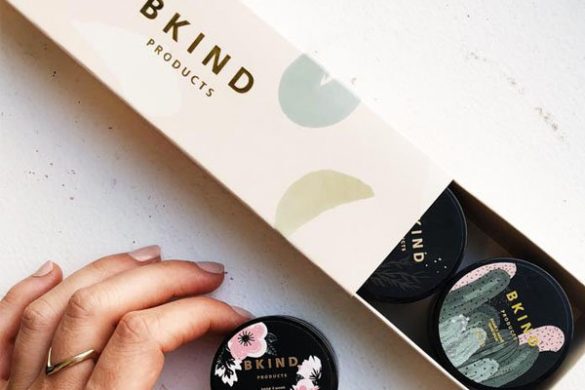
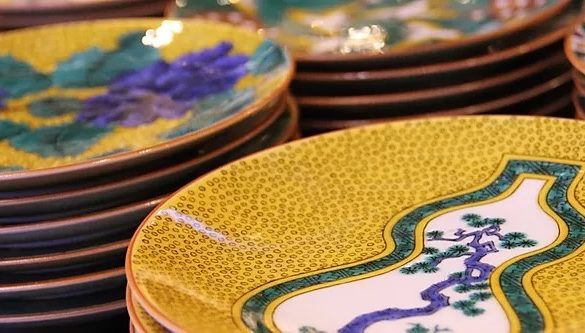
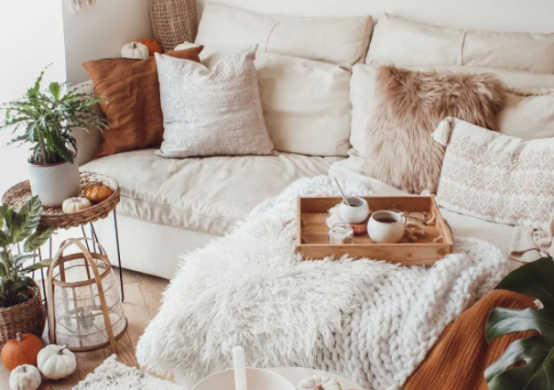
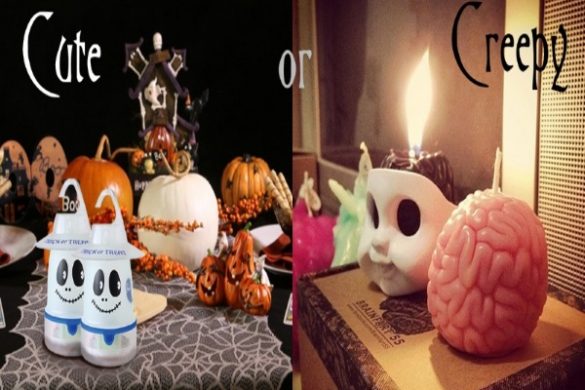
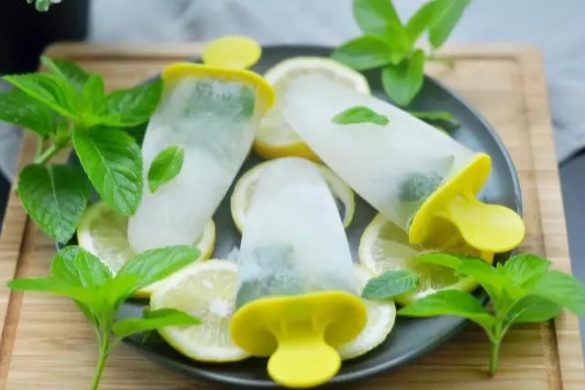
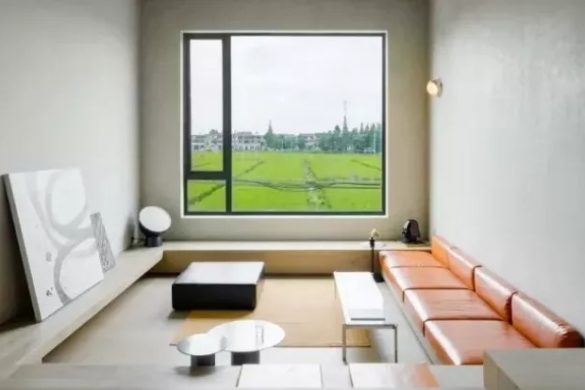

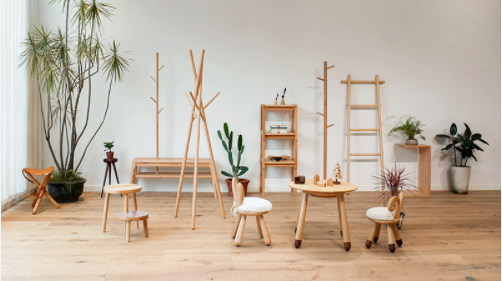
28 comments
She is an amazing and complete artist in all she does. I absolutely love her house design, especially her glass room. The light is so soft and bright. If she should ever wish to share or publish her architectural plan, I would like to see it.
Thank you
Beautiful!! What an inspiration..
Incredible. Thanks for sharing this. Beautiful cloth can be made from bamboo fibers as well. It is too bad so many people are afraid of bamboo, afraid it will take over, when all it is doing is showing its vigor.
My dear special artist , I would love to visit you and cook together in our wonderful kitchen . If you ever decide you want to meet a fiber artist from Romania please get in touch … mihaela knits from Michigan , USA …lots of hugs
Dear Yoshiko-san,
I loved reading about you and your adventures. I would love to meet you one day. You have the same name as my Mother and you are just a few years younger than me. Some of your story sounds so much like mine, however I am not accomplished as you are. Although my husband did not have a license, he was a want to be architect. He built and remodeled many buildings. He is gone now and I am in San Francisco.
Do you ever travel to the USA? Please let me know if you come this way or have any exhibitions here.
I found your article by coincidence.
I must congratulate you for your work.
Absolutely beautiful.
I live in Vancouver, Canada and I made pancakes with organic maple syrup thinking
how much you appreciate them.
Where can I see your work?
Warmest regards,
Myriam Waissbluth
Such a beautiful creative soul. Thank you for sharing your life with me.
Beautiful and inspiring.
Wow as a quilt artist it is so nice to see how another lives in her own world. So many similar traits we share with lots of light, collected rocks and twigs, fibers created and shared. The passion to cook well and live the way that makes you happy in your vocation. Hope to meet this artist one day. Thanks for a photo rich article!
You are a very inspiring person.
Very enjoyable article about an inspired artist. Thanks!
I think you may be making a mistake with your measurements. A 4,300 square foot kitchen or 36,000 square foot studio would be huge like a mansion.
I was thinking the same thing Nadine!
“It’s not very large, only 4,300 square feet, “ Is that a typo?
Also, interesting that she is considered a Master of Minimalisim https://okanarts.com/yoshiko-jinzenji/
Oh gosh, I need to downsize. I made my living room as my working studio. Realize I don’t need the rest of the condo. Little house/ studio would be great. Thank you great article.
Near the beginning of the article it says that the plot of land is 4,300 square feet – that would make more sense. 4,300 square feet is almost exactly one-tenth of an acre – you would get a smallish house on that fairly comfortably.
A wonderful look into Yoshiko Jinzenji’s work and life. It is all one. Thank you.
Google:
neil stamper psychotic perceptions amazon
.
Thank you for showing your wonderful living /work space. I will no longer struggle to eliminate all those wonderful objects that as an artist I need to see out in the open, to immerse oneself in that creative space rather than to adopt what others require as the norm.
To read of another wonderful artist creating as she wishes is inspiring
Absolutely beautiful and thank you for your inspiration
I really enjoyed your story. I was trying to live your dreams as I reading.. very enlightening
You are truly an inspiration to many. A woman who has a deep passion for her calling. Thank you for posting your story, it gives me hope to continue exploring and learning in my sunset years of gardening, photography, writing and other vital subjects.
A beautiful soul.
An inspiring and wonderful read. Enjoyed it thoroughly.
[…] Click here to read about this phenomenally talented, gracious, and charming woman. I assure you, you will enjoy reading her story! […]
The Japanese really impress me, especially with their creations.